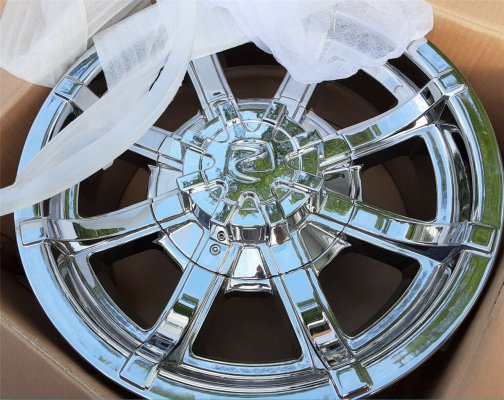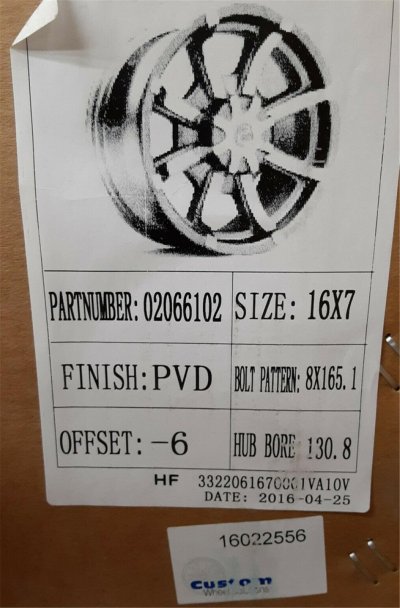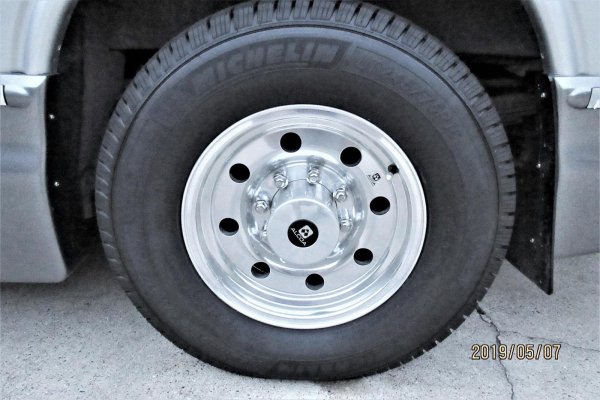As I mentioned earlier, measuring offset is tough on the aluminum wheels with thick bead lips, gets harder when the tire is on wheel, and even tougher when the wheel is still on the vehicle, so you really didn't stand a chance, I think

Part of the problem is often the instructions and diagrams for measuring the wheels as they often will show offset, backspace and wheel width all to the same point of the rim of the wheel. On most specs from manufacturers this is not how they do it, especially on the aluminum wheels because all three of those dimensions are used for different things.
Wheel width is a kind of mythical thing that is related to a point on the wheel that is considered to locate the tire bead to the wheel. It is on the inside of the outer edge of the rim. It is used to determine what tire size can be put on that wheel.
Backspace is used mostly for determining is a wheel change is going to hit on the the inner fenders when doing a wheel swap as it locates the wheel and tire position in relation to the fender. It is historically measured to the outside of the wheel on the inside lip so not in the same place as the rim width is. With a thick rim wheel, the backspace isn't as useful because if the wheels have different lip width the tire won't change exactly the same as the wheel back edge does. Most don't worry about it because hitting is rarely cut that close where it would make a difference in the real world.
Offset is the big one in the real world as it determines where the wheel and tire sit in relation to hub and suspension. Changing offset can affect handling and bearing loads as it changes the geometry of the steering. Offset doesn't matter where you measure on the rim, though, which makes it easier to measure fairly accurately if the wheel is off the car even with a tire on it. Offset is really only the dimension from the center line of the tire and outside edges of the wheel compared to mounting flange of of the wheel where it contacts the wheel hub. Tires and wheels are generally very symmetrical, with the minor possibility of raised lettering on one side of the tire sometimes. To measure the offset of the tire and wheel assembly, take it off the vehicle, lay it with the inside edge of the tire down on a flat floor, take tape measure and measure from the inside edge of the mounting flange (it is on the underside of the wheel) through the center hole. Flip the setup over and do the same measurement, but now the mounting surface will be facing up. Subtract the second measurement from the first measurement and divide by 2. This will be the offset. Positive means the tire centerline is inside of mounting flange, negative is means it is outside and will move the tires outward on the van.
Life was a lot easier with the steel wheels that had thin outer lips and center mounting sections. On aluminum wheels you can easily be 1/2" off if you pick the wrong spots to measure to.







